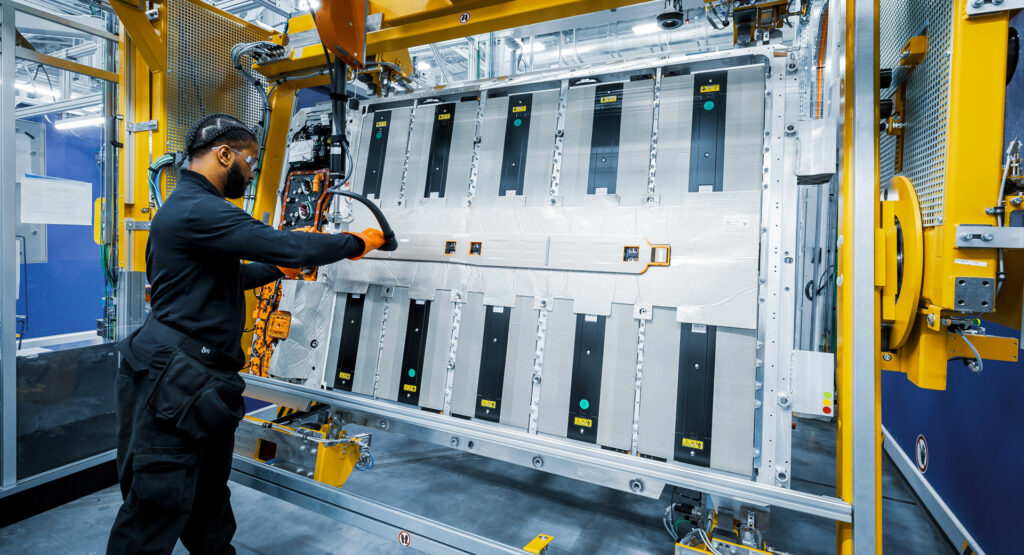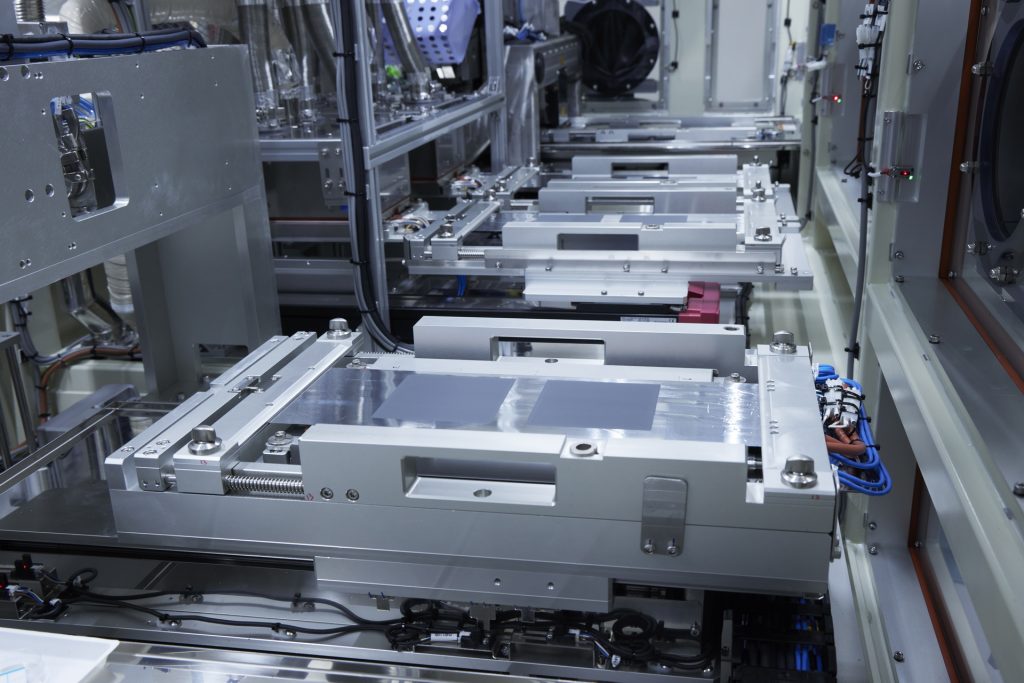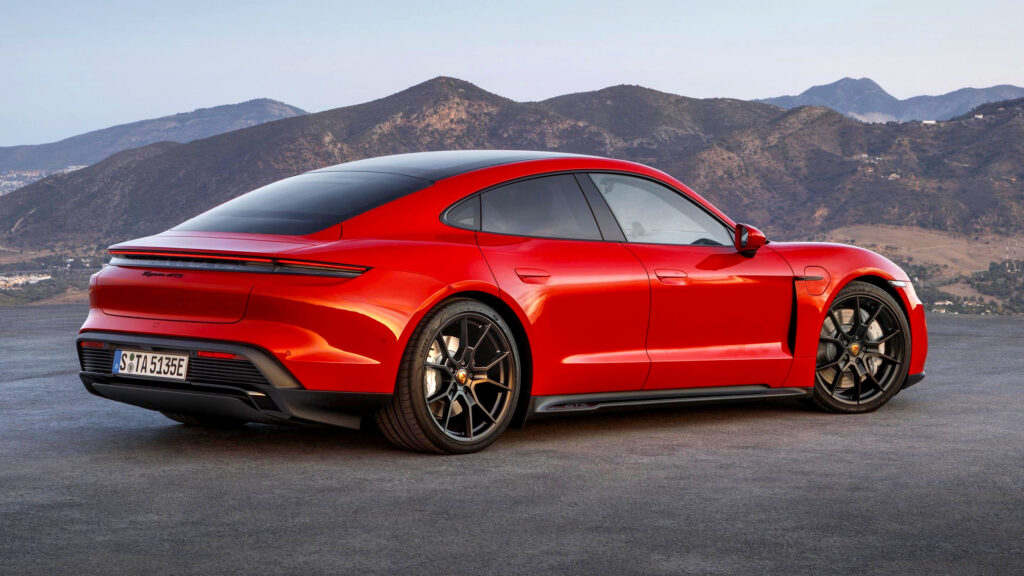The perceived limitation in range is one of the age-old bugbears holding many ICE loyalists back from fully embracing the electric revolution. And even though the latest research suggests that the vast majority of consumers don’t really need the added reserve to quench their thirst for miles, the demand for long-range EVs remains.
And this presents a problem for automakers. Conventional wisdom suggests that you’ll need larger batteries to achieve longer ranges. Larger batteries mean more weight. And heavier cars present their own problems. For starters, cars with an increased mass impact the roads they drive on. They can also do more damage in a crash — for instance, the Insurance Institute for Highway Safety has had to ensure that its crash-testing equipment can handle more weight than ever before.
However, a shift in the very chemistry of batteries could be the answer that both manufacturers and consumers seek, and some automakers are already poised to take advantage within the decade.
The Science Behind The Batteries

The current widely-adopted lithium batteries use graphite anode, but for high-energy applications such as EVs, the material’s lack of density presents a problem. Enter silicon — a material that could yield batteries that hold ten times as much charge as their graphite counterparts. In addition, batteries that use silicon for the anode material have less internal resistance, allowing for faster recharges. It means longer ranges, and less weight, among other benefits.
Reuters reports that two startups, Group14 Technologies and Sila Nanotechnologies, are already well into developing the large-scale production of silicon in batteries as a replacement for graphite.
Porsche & Mercedes Are Poised To Strike

Porsche has already invested over $100 million in Group14 and is set to be the company’s first automotive customer. Its commercial-grade facility in Moses Lake is set to open in 2024 and will have an initial capacity to produce enough anode material for up to 200,000 EVs. In addition, the battery manufacturer plans to ramp up production, tripling output shortly after.
Read More: Porsche Betting On Lithium-Silicon Batteries With $100M Investment
On the other side of the fence, Mercedes has teamed up with Sila Nano. Merc expects to be the first automotive customer of Sila’s silicon batteries in 2025, and has gone one step further than Porsche: they’ve confirmed which car will get the tech first.
The EQG SUV is already slated as the first vehicle to be offered with this new tech, with a long-range variant using Sila Nano’s tech already confirmed. In a statement made last year, Mercedes expects the long-range EQG’s battery cells to get a 20–40% increase in energy density.
If lithium-silicon batteries are the game-changer they’ve been purported to be, it’s not hard to see why every automaker wouldn’t want a piece of the action. However, according to Gene Berdichevsky, CEO and co-founder of Sila Nano, it may take over 10 years for silicon to completely replace graphite as the main ingredient for battery anodes.





